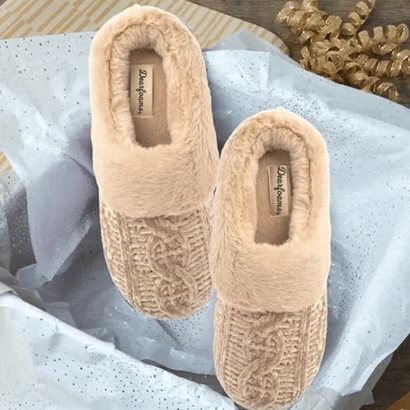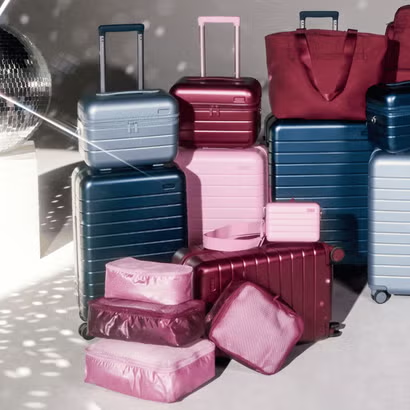The Ultimate Pillow Guide
How to find the right one for your sleep style

Let’s be honest: a bad pillow can ruin your sleep. It doesn’t matter how luxe your mattress is—if your head and neck aren’t supported properly, you’re likely to wake up cranky, stiff, or both. And while there are hundreds of pillow options out there (memory foam, cooling, firm, soft, contoured, shredded—you get the idea), the best one for you depends on more than just what feels fluffy in the store.
So, how do you find your perfect match? It starts with knowing your sleep habits, understanding the materials, and—yes—thinking about your overall sleep setup.
All products and deals are sourced by the Rank & Style team using data and expert insights. If you shop through our links, we may earn a commission—at no extra cost to you.
Support, Meet Sleep Style
The most important factor in pillow shopping? Your sleep position. Whether you snooze on your back, side, or stomach, your pillow should keep your spine aligned and prevent strain on your neck.
- Back sleepers usually benefit from a medium-loft pillow that cradles the neck without propping the head up too high.
- Side sleepers need a firmer, thicker option to fill the gap between head and shoulder, keeping things aligned.
- Stomach sleepers? You’ll want something ultra-soft and low-profile—or skip the pillow altogether to avoid neck torque.
Let’s Talk Fill: What’s Inside Matters
Pillow stuffing isn’t just fluff. The material inside plays a big role in feel, temperature, and longevity. Here’s a quick rundown:
- Memory Foam molds to your shape and is great for pressure relief—though it can run warm unless it's infused with cooling tech.
- Latex tends to be springier and more breathable, often preferred by hot sleepers.
- Down or Feather pillows are soft, squishy, and adjustable, but may not offer enough support for everyone.
- Down Alternatives (usually polyester-based) mimic the feel of down but are hypoallergenic and easier on the wallet.
- Shredded Foam or Hybrid Fill options offer the moldability of down with the structure of foam—kind of the best of both worlds.
Cooling Features: Worth It or Just Hype?
If you find yourself flipping your pillow to the cool side all night, it might be time for an upgrade. Many modern pillows come with built-in cooling features like gel layers, phase-change materials, or breathable mesh covers. While not every sleeper needs this, hot sleepers (and those living in warmer climates) may want to prioritize breathability and heat-wicking tech.
Shape, Size, and Adjustability
Not all pillows are one-size-fits-all. Standard, queen, and king sizes are the norm—but beyond that, you’ll find contoured pillows for extra neck support, body-length pillows for hugging, and adjustable-fill pillows that let you remove or add stuffing until it’s just right. If you’ve ever felt like your pillow’s “almost perfect,” this last category might be your solution.
When to Replace Your Pillow
Even the best pillows have a shelf life. If yours is looking flat, lumpy, or causing discomfort, it might be time to swap it out. Most experts suggest replacing pillows every 1–2 years, depending on the material and how well it holds its shape.
Final Thoughts
At the end of the day (or night), the right pillow can be the unsung hero of a truly restful sleep. It’s not just about softness or luxury—it’s about alignment, breathability, and your unique sleep style. Whether you run hot, switch positions, or need serious neck support, there’s a pillow that can help you wake up feeling way more refreshed.
.png?width=410)






